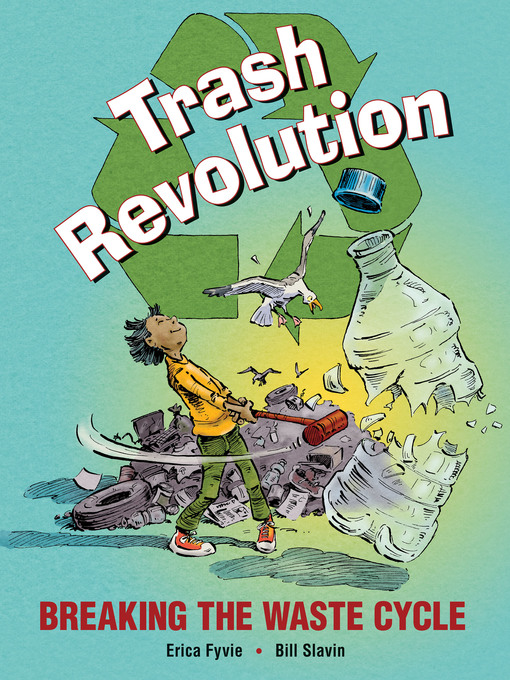Think you know all about how your stuff impacts the environment? Think again! Where did all our "stuff" come from? And where does it go when we're done with it? Kids find out by tracking the life cycles of typical items in a school backpack—water, food, clothing, paper, plastic, metals and electronics. Though they all end as waste, there are lots of decisions to be made along the way. And kids will see that there's an important, constructive role they can play by making choices that are good for them—and for the planet! A cotton T-shirt. A plastic water bottle. A cell phone. Kids will never look at their stuff the same way again!
- Available now
- New eBook additions
- New kids additions
- Most popular
- Magazines
- Try something different
- See all ebooks collections
- Available now
- Newly Added Audiobooks
- New kids additions
- New teen additions
- Most popular
- Audiobooks for Finding Peace & Happiness
- Try something different
- See all audiobooks collections
- Magazines
- Celebrity & Gossip
- News & Politics
- Food & Wine
- Health & Fitness
- Sports
- Travel & Outdoors
- Women's Lifestyle
- Canadian Magazines, Eh!
- See all magazines collections





